Charging your electric vehicle (EV) efficiently not only extends battery life but also improves overall performance. This guide will introduce you to seven best practices for charging EV batteries to keep your batteries in tip-top shape.
EV Charging Best Practices
Regular Charging
Keeping your EV's battery in great shape is simpler than it might seem. Regularly topping up the battery—ideally keeping it between 20% and 80%—avoids putting too much strain on it and helps it last longer. It’s like not letting your phone battery run completely down before you charge it. You might want to get into the habit of plugging in your car every night, just like your phone, so it’s always ready to go. And if your charger has a timer, even better; set it to charge when electricity is cheapest, usually at night. Don’t forget to occasionally check the battery’s health in your car’s system settings to make sure everything’s working as it should. These little steps can make a big difference.
Temperature Considerations
EV batteries are sensitive to both extreme cold and heat, which can affect their charging effectiveness. To maximize efficiency, try to avoid charging at extreme temperatures. If extreme temperatures are encountered, utilize the vehicle's pre-conditioning feature to set the battery to the ideal temperature before beginning charging. This will benefit the health of the battery and ensure it charges efficiently.
Avoid Fast Charging Overuse
Fast charging is incredibly useful when you’re in a hurry or on a long road trip, but relying on it too frequently can negatively impact your EV's battery health. Fast chargers operate at higher power levels, which generates more heat. This heat can cause the battery cells to wear out faster, reducing their overall lifespan and performance.
To strike a balance, consider these practical tips:
-
Use Fast Charging Sparingly: Reserve fast charging for when you truly need it, such as during long journeys or when you’re short on time.
-
Opt for Level 2 EV Chargers for Daily Use: These chargers provide a slower, steadier charge, which is much gentler on your battery. Using a Level 2 charger regularly helps maintain the battery’s health and longevity.
-
Monitor Charging Habits: Keep an eye on how often you use fast chargers versus slower ones. Many EVs and charging apps can provide insights into your charging patterns, helping you make more informed decisions.
By balancing your use of fast and slow charging, you can ensure your EV’s battery remains in good condition for as long as possible. This approach not only extends the battery life but also maintains its performance, ensuring your EV is always ready to go when you need it.
Battery Management Systems
Your EV's Battery Management System (BMS) is essential for maximizing battery life. Here’s how to use it effectively:
Regularly check the BMS for insights into your battery's health and performance. The system alerts you to any potential issues, so address these promptly to prevent damage. Follow BMS recommendations on charging and discharging to keep your battery in optimal condition. By actively using and responding to the BMS, you can ensure your EV’s battery stays healthy and efficient for as long as possible.
-
Regularly check BMS insights
-
Address alerts promptly
-
Follow BMS charging recommendations
Charge Timing
Charging your EV at the right time can save you money and help extend battery life. Charging during off-peak hours, typically at night, can lower your electricity costs because rates are usually cheaper. Additionally, this helps reduce the strain on the electrical grid, making it more sustainable. Using a smart charger can automate this process, starting the charge at the optimal time without needing to intervene. This approach not only keeps your battery healthy but also makes your charging routine more efficient and cost-effective.
Tips
-
Charge during off-peak hours
-
Use a smart charger for automated timing
-
Reduce grid strain and save on costs
Routine Inspections
Regularly inspecting your EV’s charging equipment and battery can prevent minor issues from becoming major problems. Start by checking the charger for any visible damage, such as frayed cables or cracks. Ensure the charging port is clean and free from debris. Periodically, review your vehicle’s battery status through the onboard system to catch any irregularities early. If you notice anything unusual, address it immediately to avoid further damage. Keeping a consistent inspection routine helps maintain the overall health and efficiency of your EV.
What you should do
-
Check charger for damage
-
Keep the charging port clean
-
Regularly review battery status
Use the Right EV Charger
Not all chargers are created equal, and using an incompatible charger may cause damage or reduce charging efficiency. Check your vehicle's manual or the manufacturer's website to make sure the charger meets your vehicle's specifications. This will help you choose the right type of charger and power level for your electric vehicle.
For everyday use, consider installing a Level 2 charger at home. Level 2 chargers offer a good balance of charging speed and battery health and are ideal for regular charging needs. Using the right charger ensures that your EV charges efficiently and keeps your battery healthy, so your car is always ready to go.

Do You Need a Level 2 EV Charger?
Deciding whether you need a Level 2 EV charger depends on your driving habits and charging needs. Level 2 chargers are much faster than standard Level 1 chargers, offering a full charge in a few hours rather than overnight. This is particularly useful if you drive long distances daily or need quick turnaround times between trips.
Additionally, Level 2 chargers are ideal for households with multiple EVs or when you frequently find yourself needing to top up your battery quickly. While they require professional installation and a 240-volt outlet, the convenience and efficiency can be well worth the investment.
Consider Level 2 chargers if
-
You drive long distances daily
-
You have multiple EVs
-
You need faster charging times
Investing in a Level 2 charger can make your EV experience more convenient and efficient.
Given these advantages, installing a Level 2 charger can significantly enhance your EV ownership experience. It provides the convenience of quicker charging and ensures that your vehicle is always ready when you need it. For a reliable home EV charger, check out Autel’s smart EV chargers. They offer efficient and advanced solutions tailored to your needs.
Conclusion
Implementing these seven best practices for charging your electric vehicle battery can significantly extend battery life and improve vehicle performance. For those looking to upgrade, consider installing a Level 2 charger at home. Autel offers reliable, efficient home electric vehicle chargers with smart features to make your charging experience more convenient and effective.

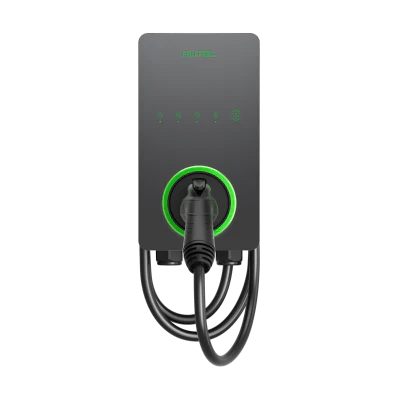
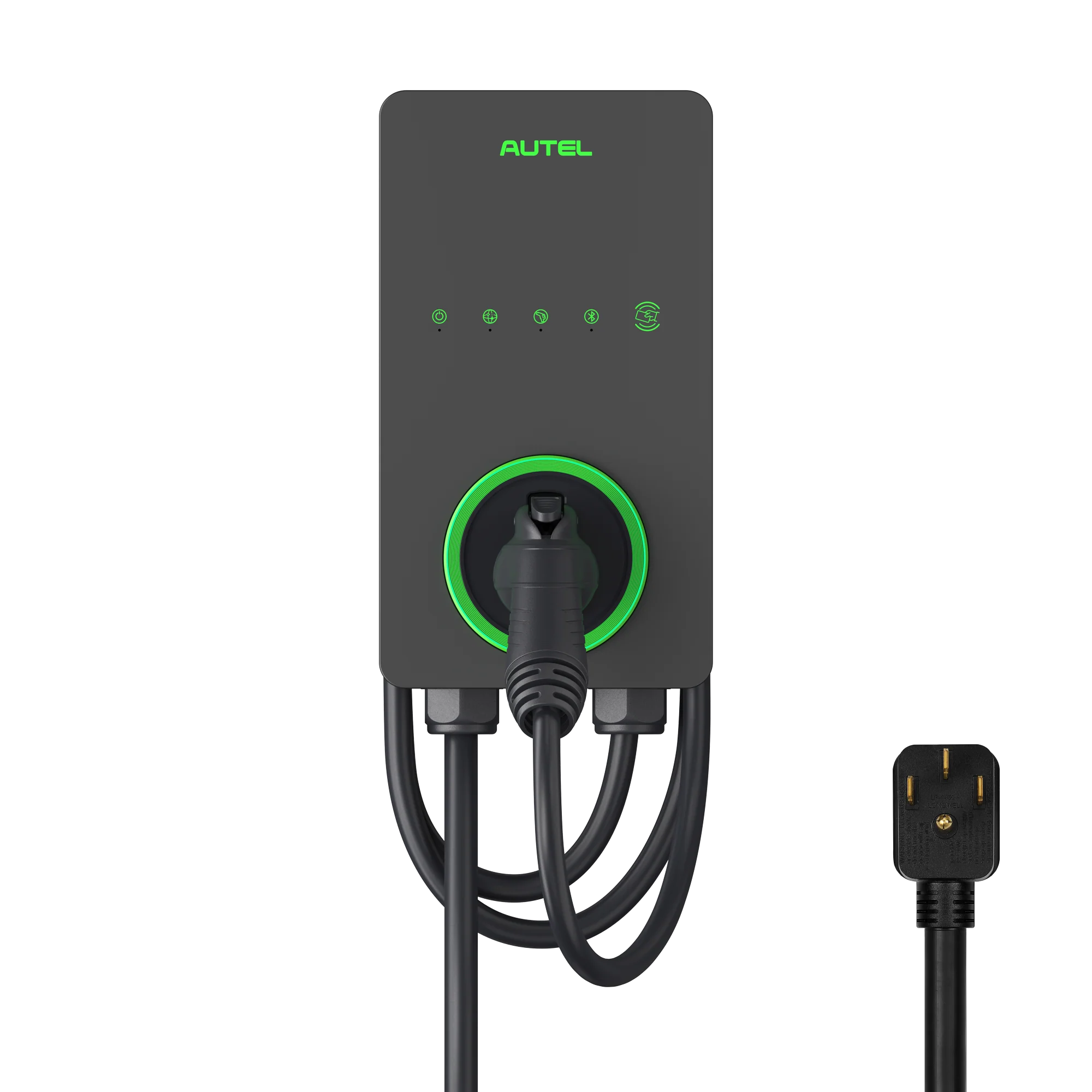
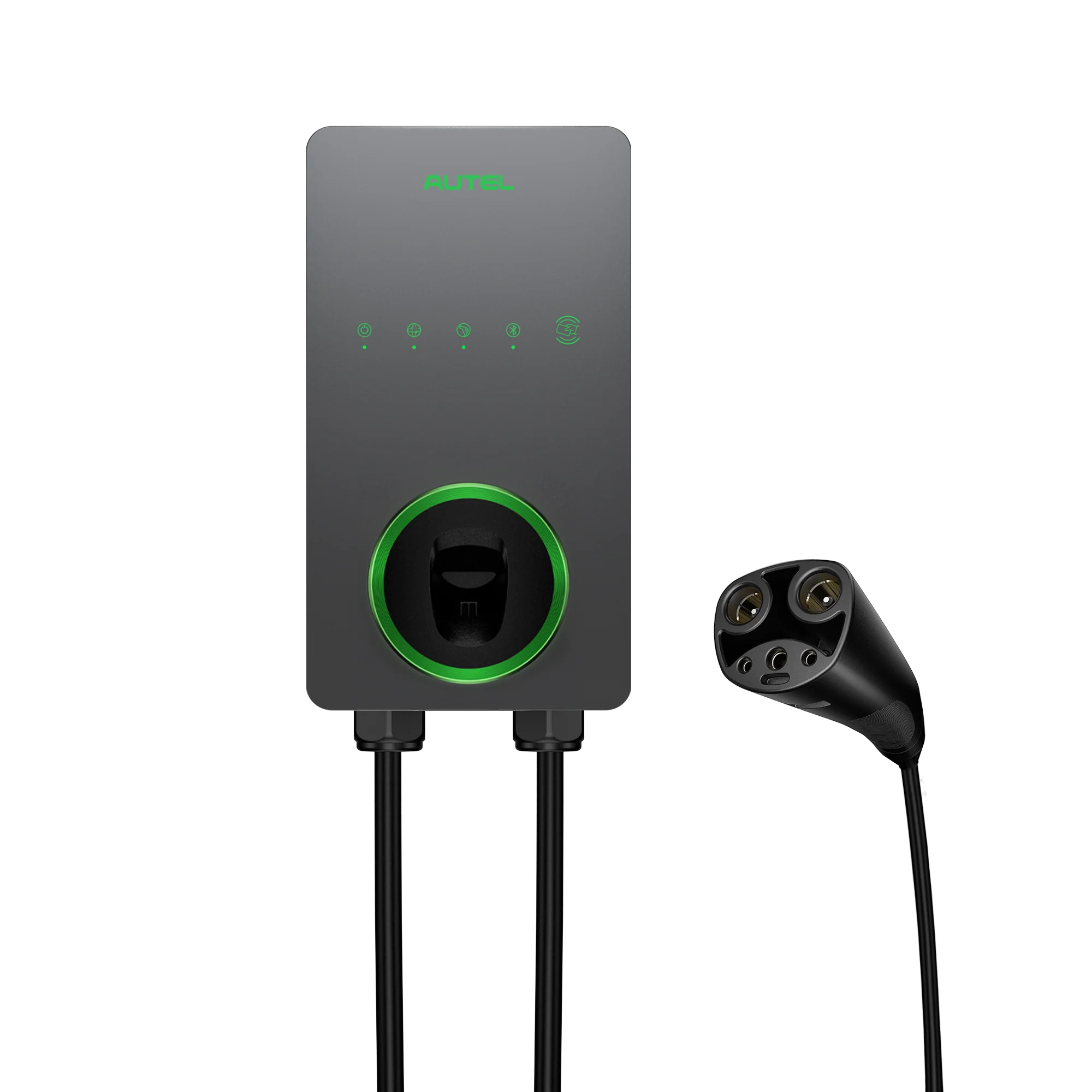
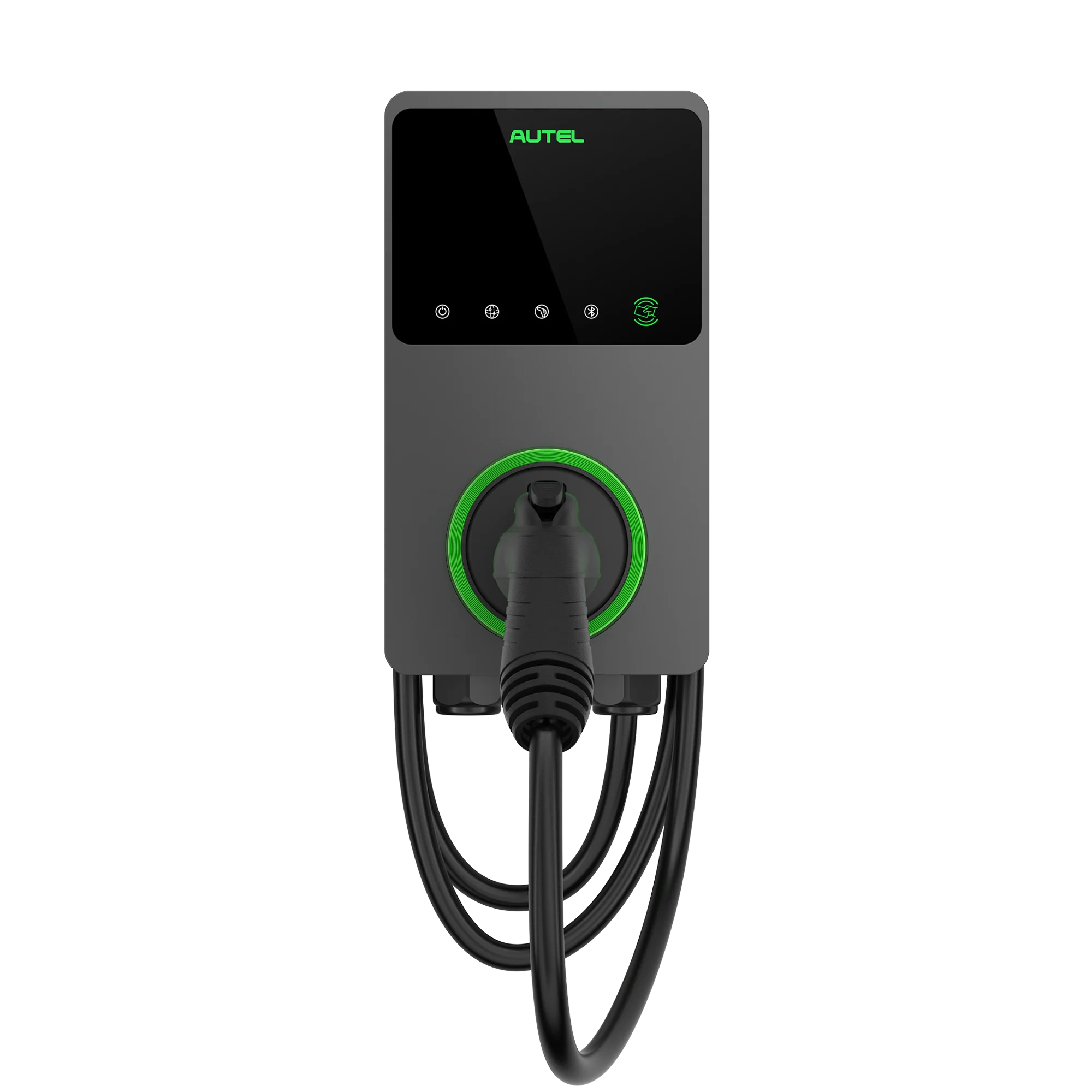
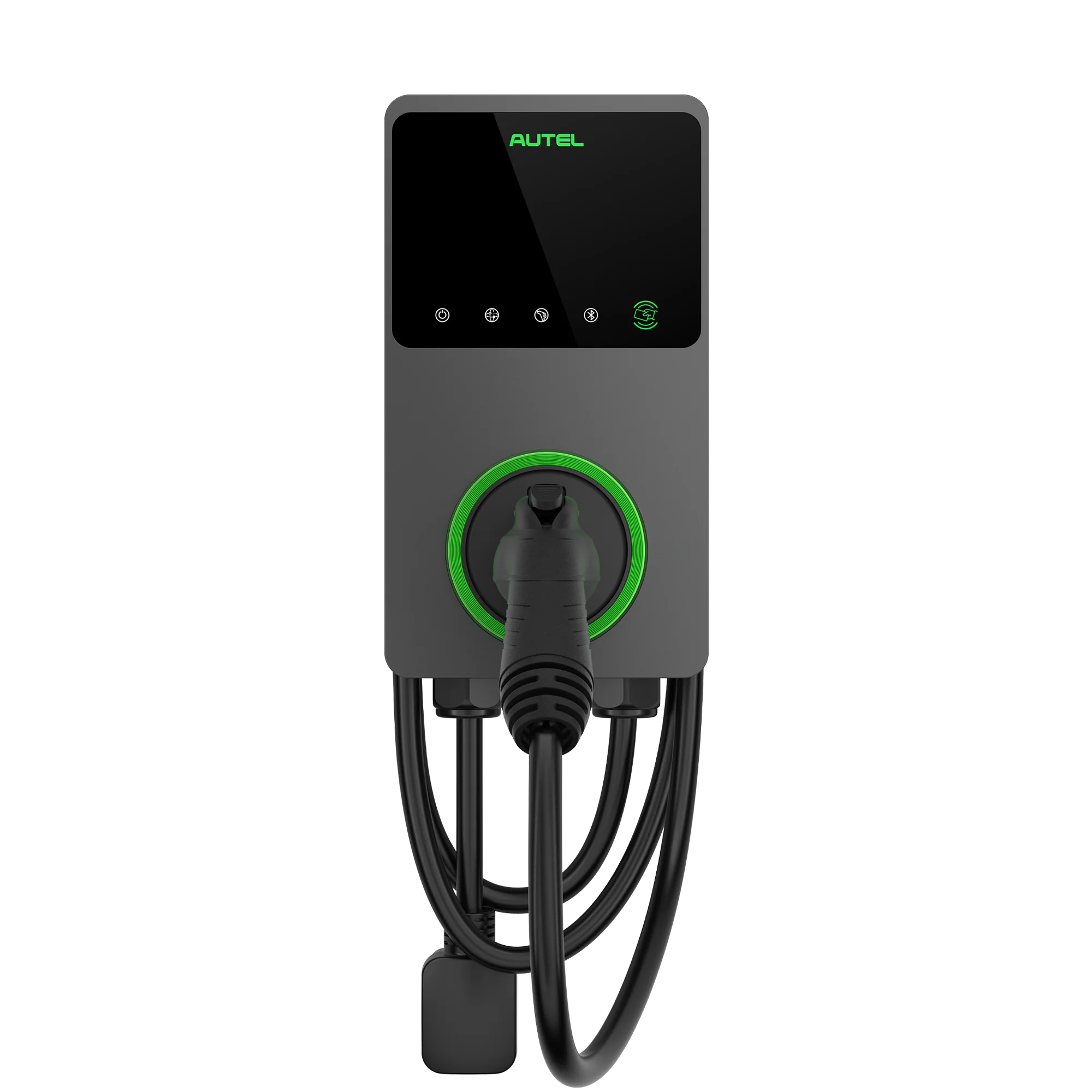
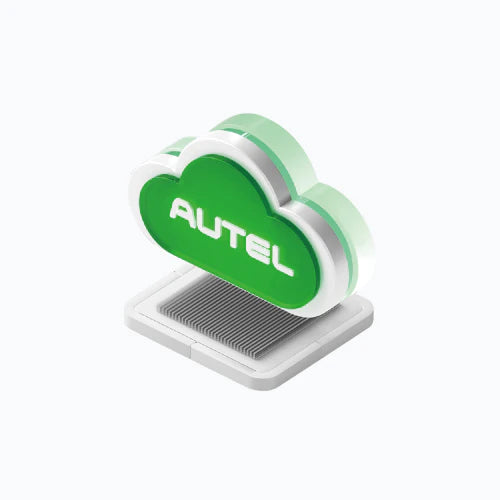
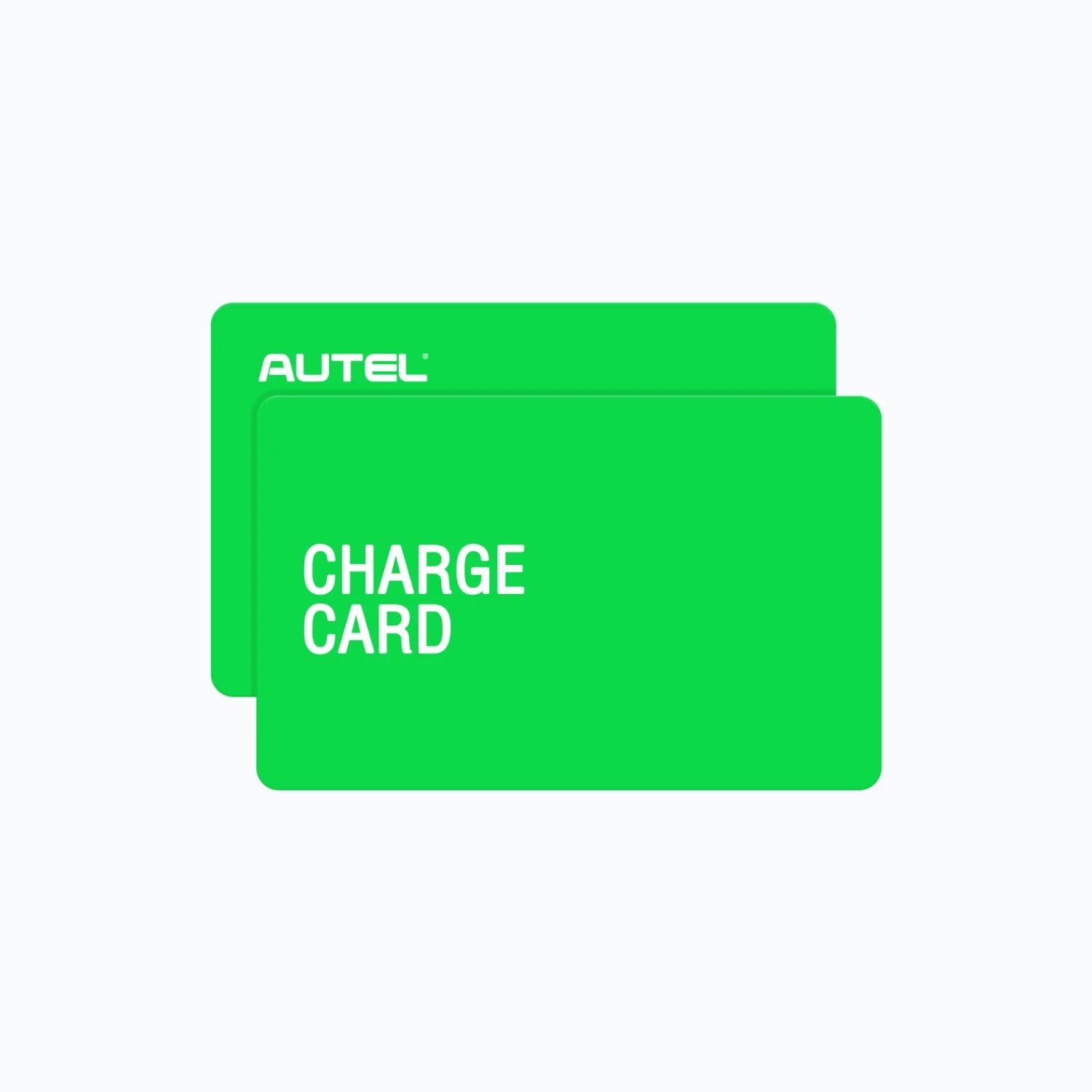
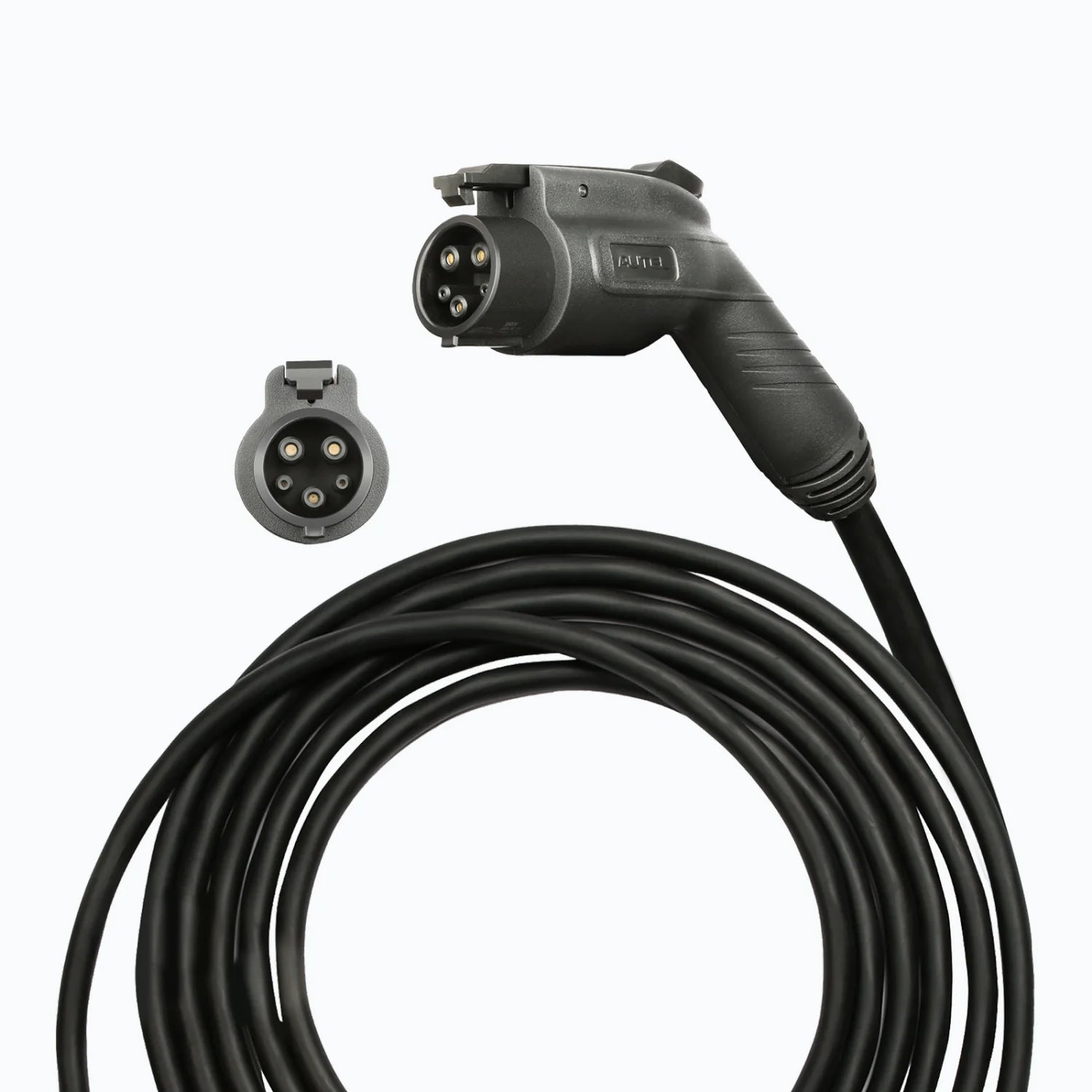
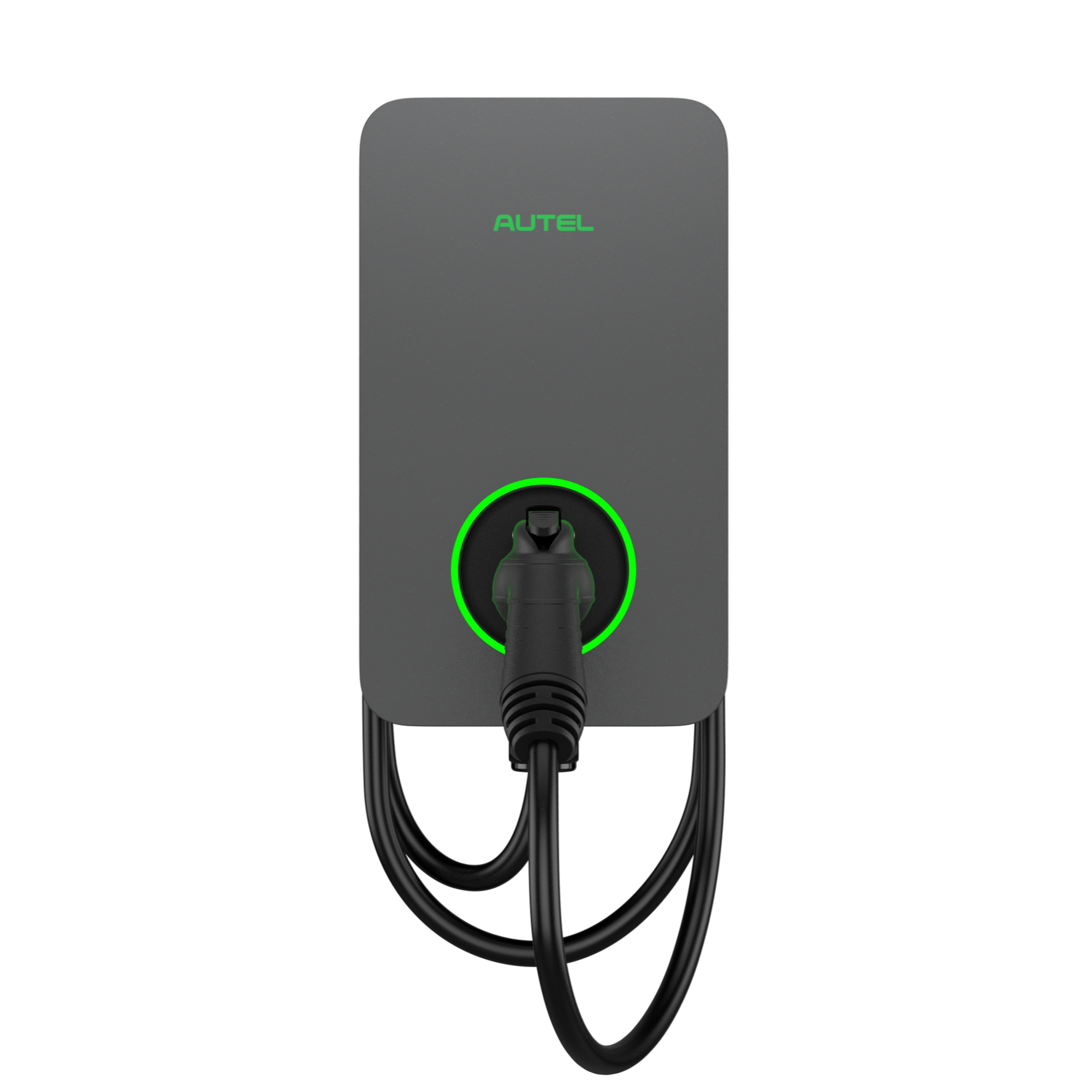

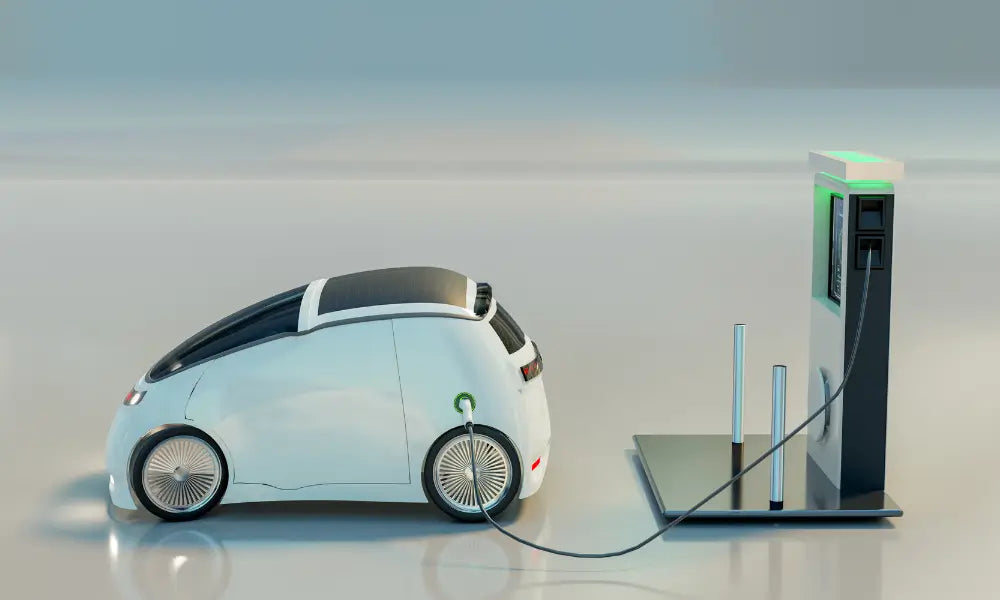

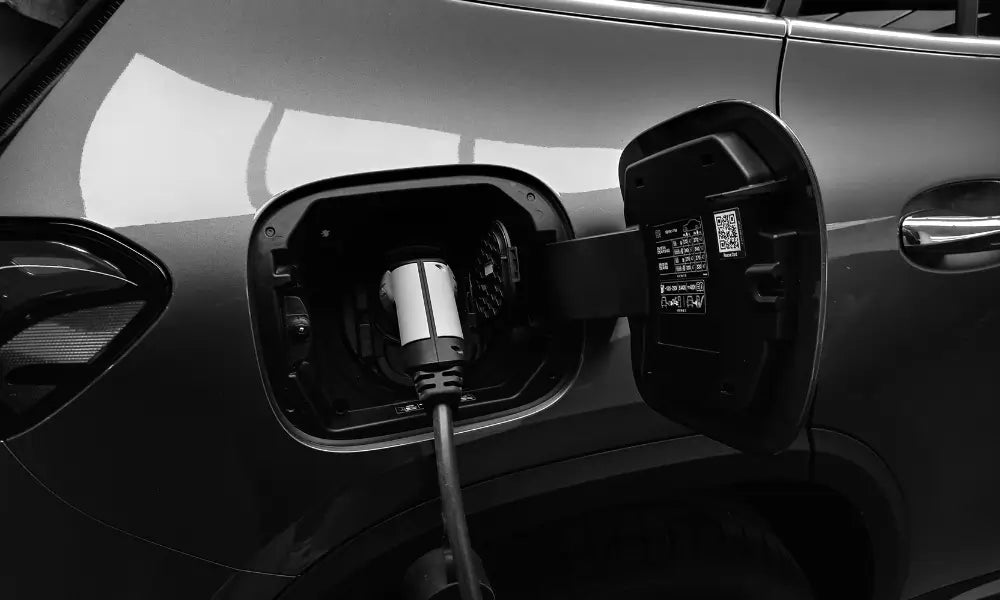
Leave a comment
All comments are moderated before being published.
This site is protected by hCaptcha and the hCaptcha Privacy Policy and Terms of Service apply.